Need to escape in the heart of the Dauphiné? Go to the Drôme and its 15 must-have things!
Visiting the Drôme is discovering a land with multiple faces. From the Alps to the gates of Provence , it proposes a vast territory where nature reigns as master. Between mountains, rivers, rivers, and forests, it is the paradise of sportsmen, families, but also gourmets. Indeed, all the senses are in the spotlight in the Drôme: gastronomy enchants taste buds, landscapes delight the eyes, lavender fields embalming the air, etc.
Already intrigued? Then discover the 15 essentials to see and do in the Drôme.
1. The palace of the horse factor
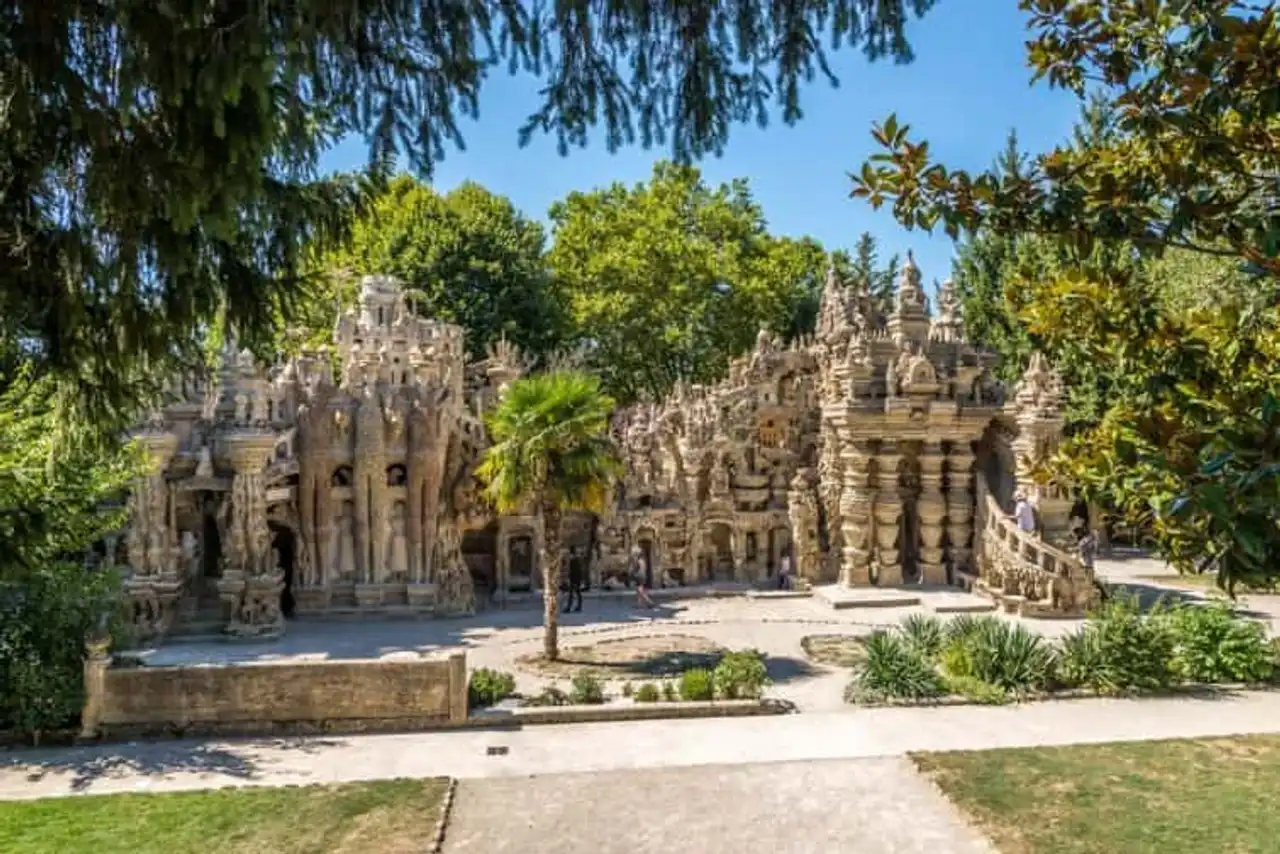
Photo credit: Shutterstock – milosk50
In the Drôme des hills, north of the department, discover the work of a life. Immortalized by a film in 2018, the Cheval factor palace is a masterpiece not to be missed. For 33 years, André Cheval collected stones during his posting tours to build a palace based on the imagination and true ode to nature.
Classified as a Historic Monument since 1969, this unique building in the world offers visitors a place populated with animals, but also mermaids, giants and waterfalls, in the heart of a lush nature.
2. The Tour de Crest
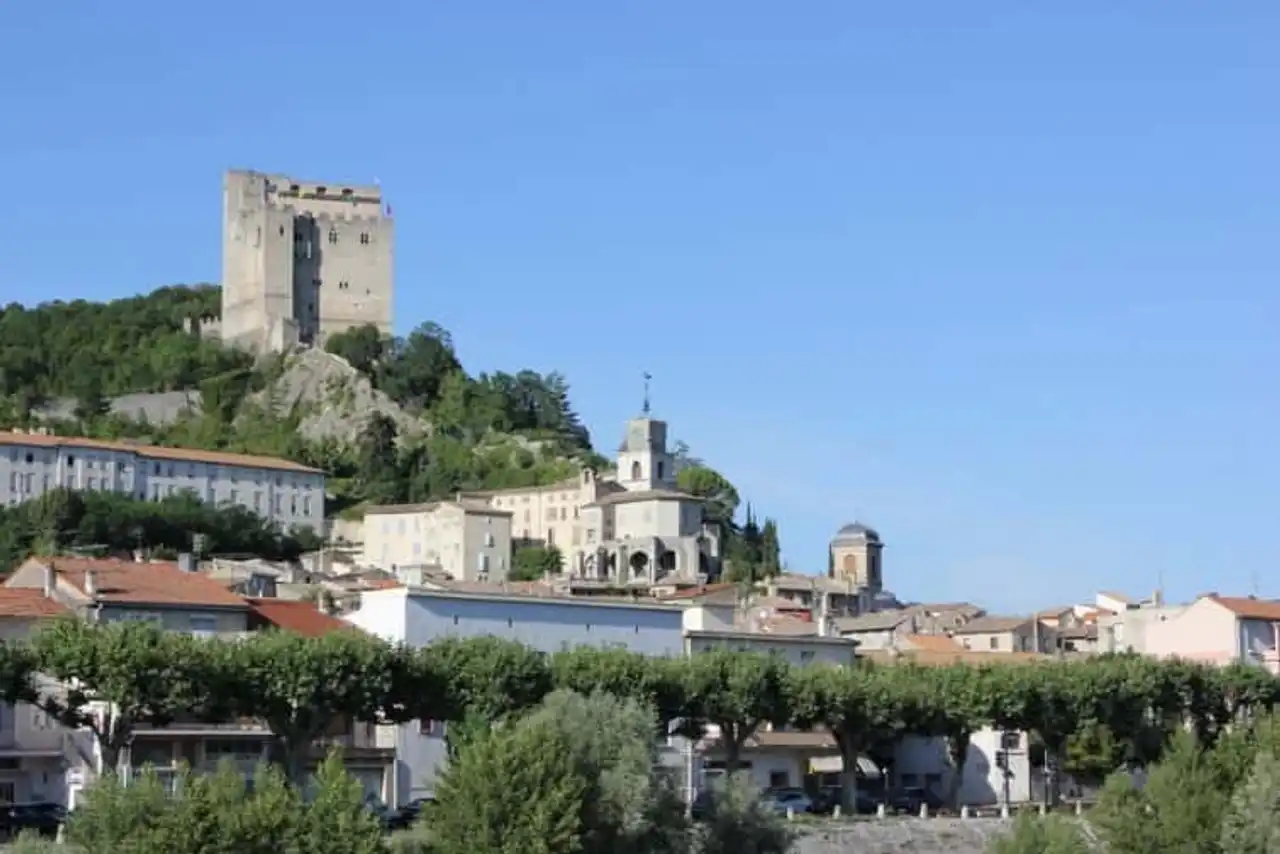
Photo credit: Shutterstock – Yoann MORIN
Dominating the Rhone, the Tour de Crest is currently the highest dungeon in Europe. First feudal castle, the fief of the Counts of Valentinois, and then state prison after the dismantling of the fortress, the Tour played a major role in the history of France. Nicknamed "La Bastille du Sud", she was imprisoned by many Protestants, prisoners of war and common law. The last prisoners were the republican opponents of Napoleon III.
52 meters high, 15 rooms spread over 5 floors, the visit of the Tour de Crest is a real historical dive in the medieval Drôme, when the territory was the place of bitter clashes between the different duchy. Guided tours are organized every day in the summer, and free access is also possible.
3. The City of Chocolate Valrhona
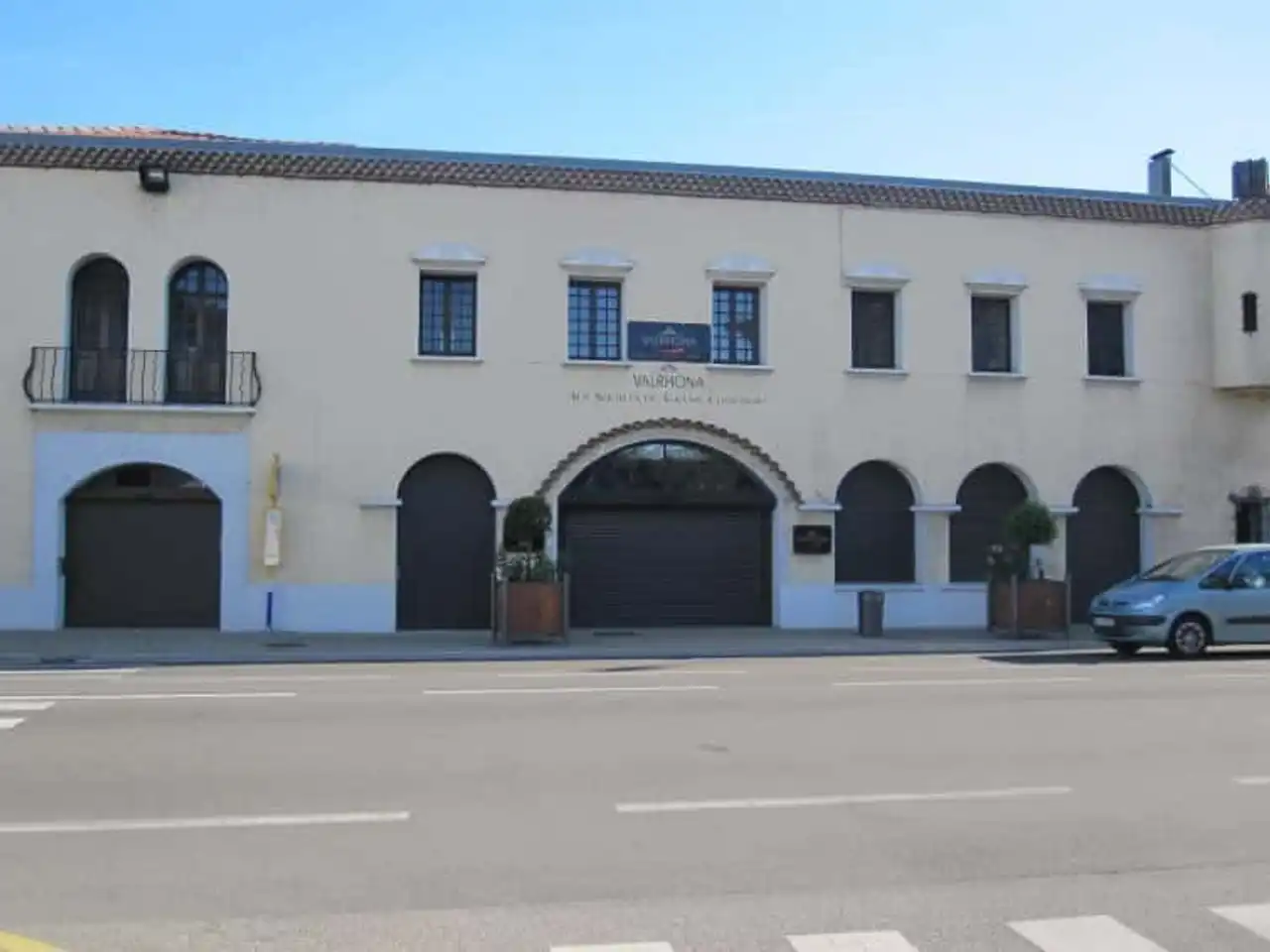
Photo credit: Flickr – Shoko Muraguchi
At Tain l’Hermitage, push the door of the city of chocolate, and discover all the secrets it contains. From the cocoa bean to the realization of the recipes of the greatest chefs, you enjoy a playful visit where taste, smell, and touch are in honor.
The smallest are not in the rest and enjoy a dedicated space where they have access to many interactive activities. Visiting the city of chocolate in the Drôme is discovering all the know-how of Valrhona, a renowned chocolatier worldwide.
4. The Regional Natural Park of Vercors
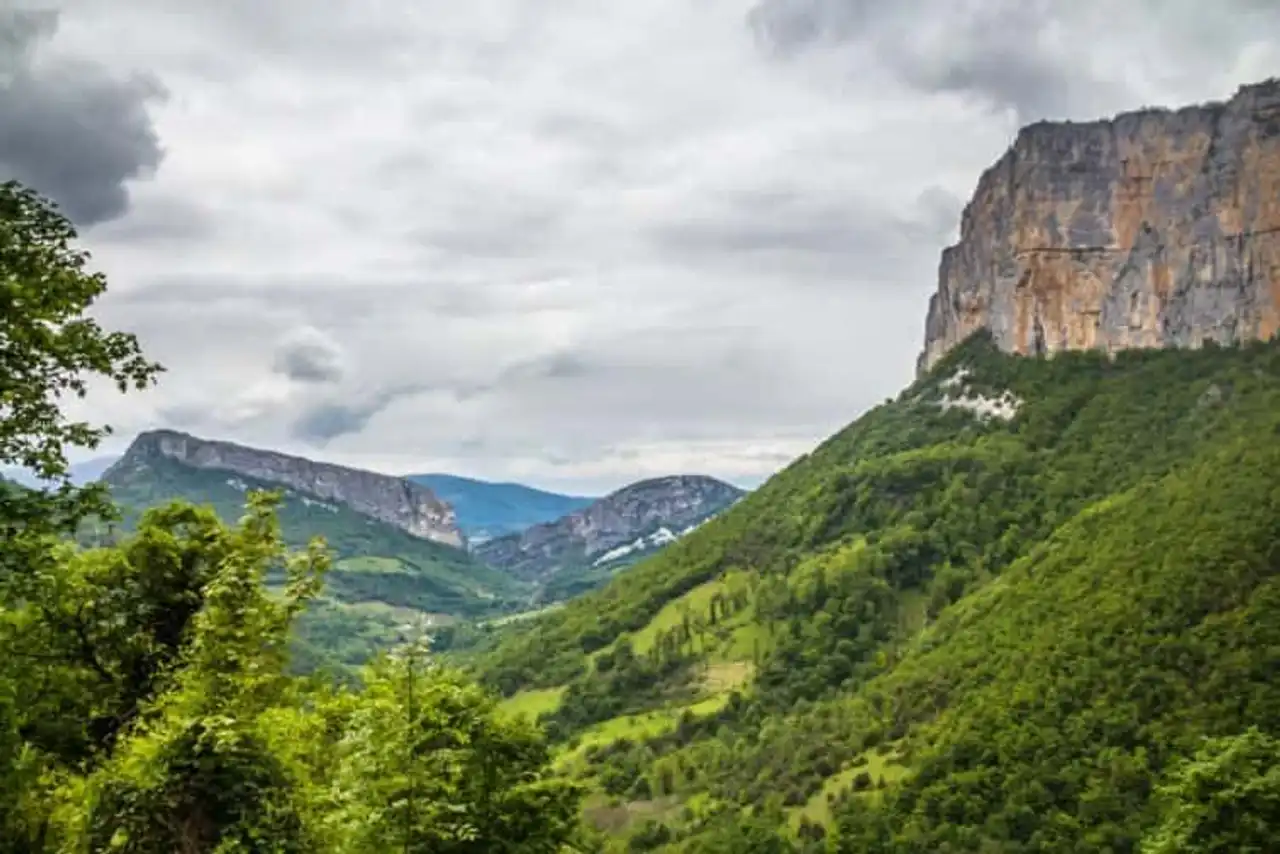
Photo credit: Shutterstock – rontav
Visiting the Drôme is also enjoying its exceptional environment. And for that, the Regional Natural Park of Vercors offers an ideal playground. This natural citadel is home to exceptional fauna and flora, including some endemic species protected like barbu gypsy.
On foot, by ski, by bike or by horse, it is kilometres of hiking that offer you via the GTV trails (Grande Traversée du Vercors), a dozen winter sports stations, waterfalls, caves, and cavities. Speleology, paragliding and via ferrata are also very present. Small and large enjoy this park on horseback on Isère and Drôme, culminating between 1,000 m and 3,000 m.
5. La Ferme aux Crocodiles
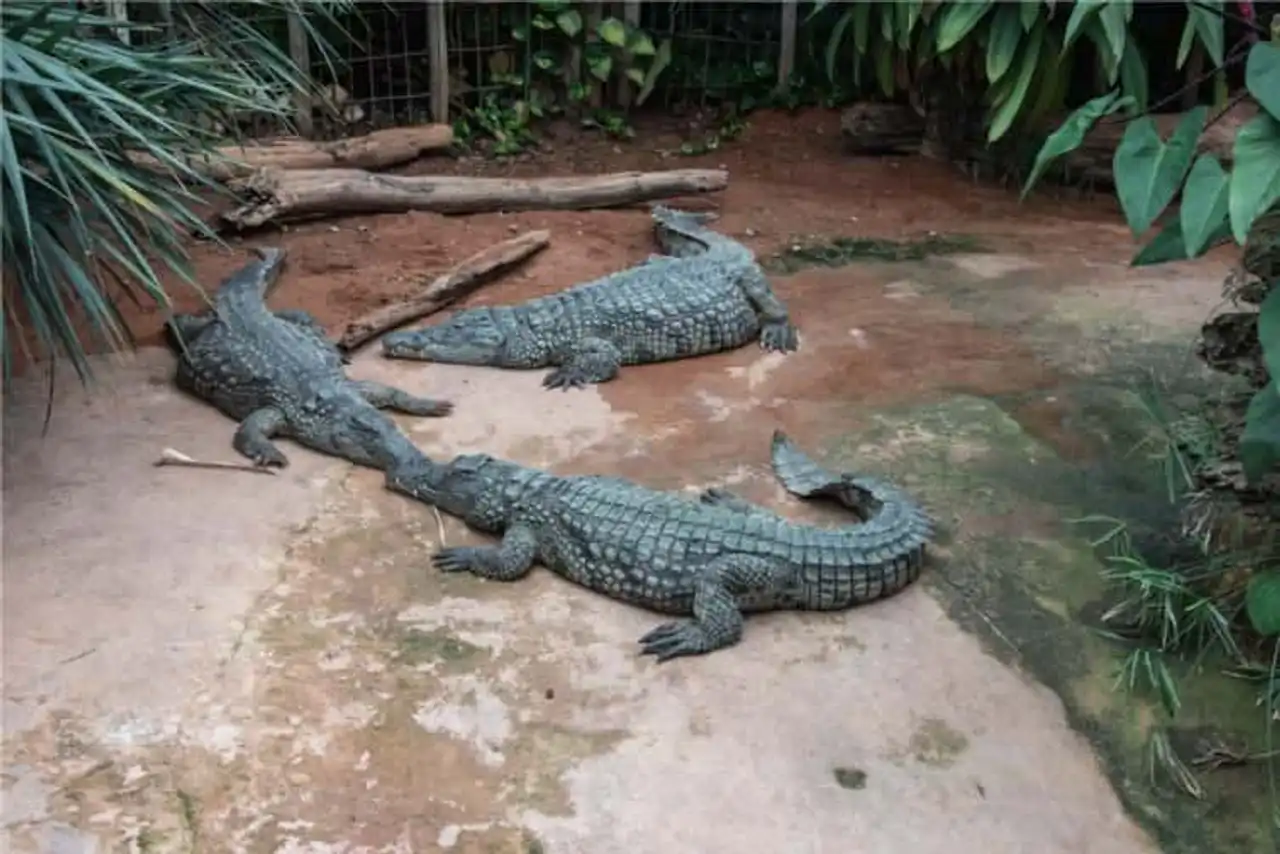
Photo credit: Shutterstock – Francois BOIZOT
European reference centre for reptile breeding, the Ferme aux Crocodiles in Pierrelatte is a must-see in the Drôme. Small and large walks along a fun path between crocodiles, alligators, pythons, boas, and turtles.
A museum and nursery area allows children to observe eggs in the elbows, as well as young specimens. Games and manipulations allow them to discover the life cycle of reptiles, and their history. On the outside, a huge wooden playground and a mini-ferme welcoming some goats close this visit rich in emotions and learning.
6. Montélimar, its castle and its nougat
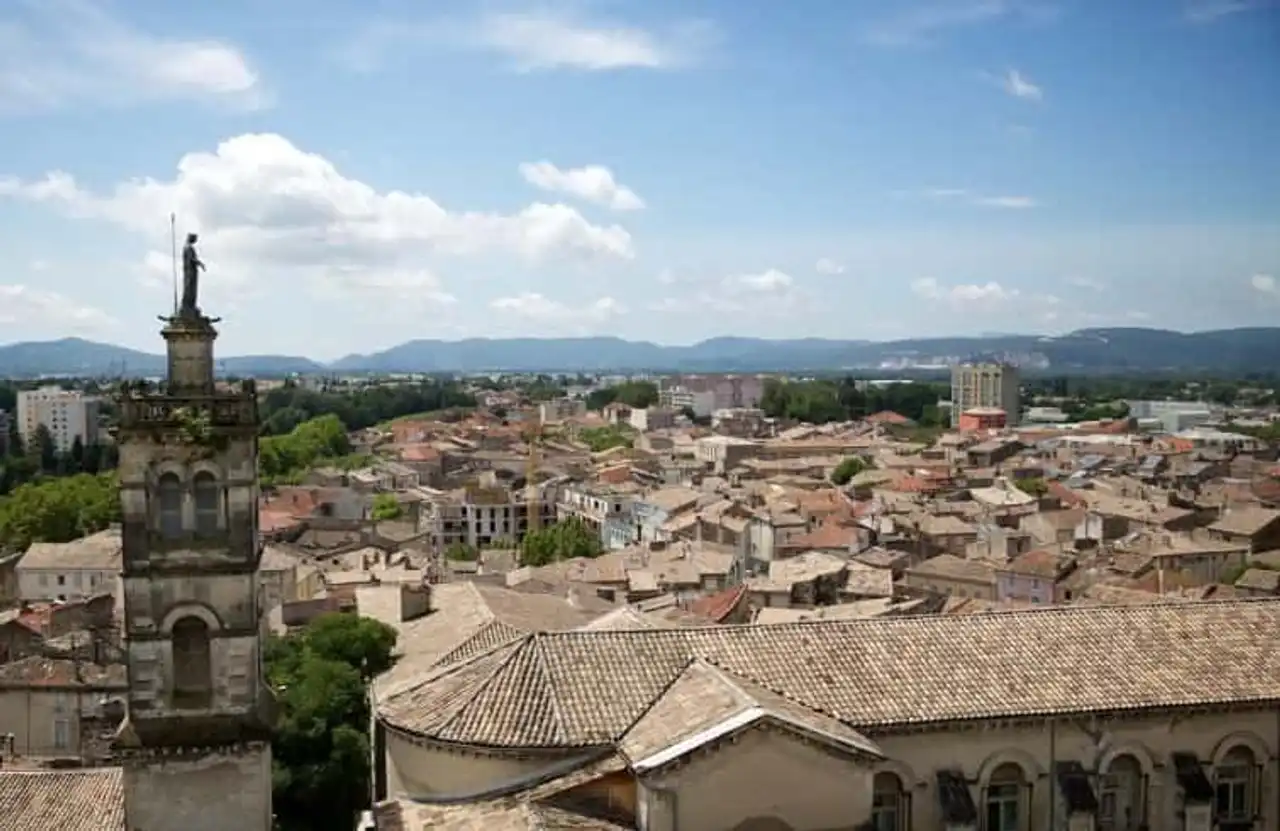
Photo credit: Flickr – Bas Boerman
Sunset and world capital of nougat, you can't visit the Drôme without stopping in Montélimar. The city has a rich historical heritage: the castle of Adhémar, the house Diane de Poitiers, or the collegial Sainte-Croix. Built by the eponymous family, the castle of Adhémar, classified as Historic Monument, was in turn a medieval palace with remarkable Romanesque architecture, a prison, and today a place of culture where many shows and exhibitions are organized.
The greedy are not left in Montélimar! Thus, you can explore the candy palace, a true ode to childhood and sweet pleasures. On site you will discover the secrets of making the nougat, its various varieties, but you will also find a house of toys and dolls, a reconstruction of the Provence of Pagnol by santons, or even more original, the museum of the mythical national 7 .
7. La Forêt de Saoû
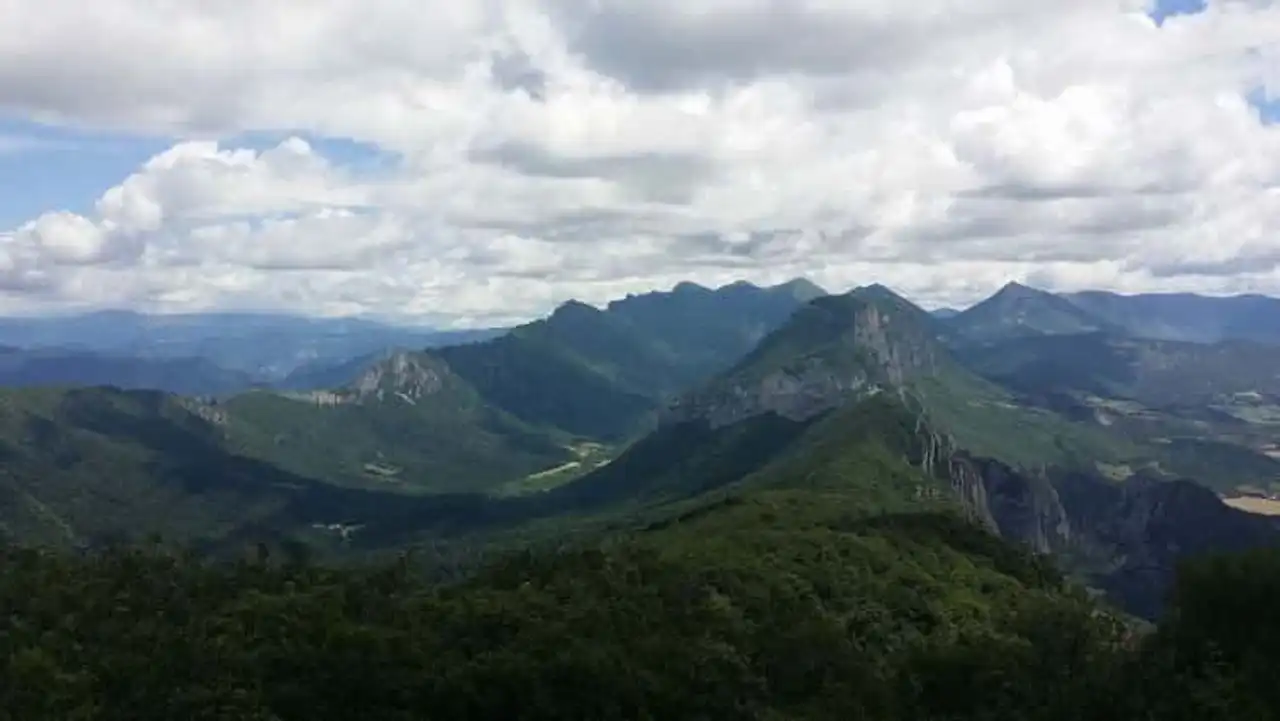
Photo credit: Wikipedia – Npalix
A remarkable geological phenomenon, the forest of Saoû is at the heart of Europe’s largest perched synclinal. The massif is a protected place, in which dozens of hiking trails are built. Its highest point, the Three Becs offers a panoramic view of the Drôme valley, from the peaks of the Alps to the Cevennes.
Its geographical feature makes Saoû a place rich in biodiversity. Indeed, hundreds of animal and plant species live in a wide range of environments. Thus, the forest also houses plains, wetlands of alluvial forest, and steep cliffs.
8. The Regional Natural Park of Baronnies
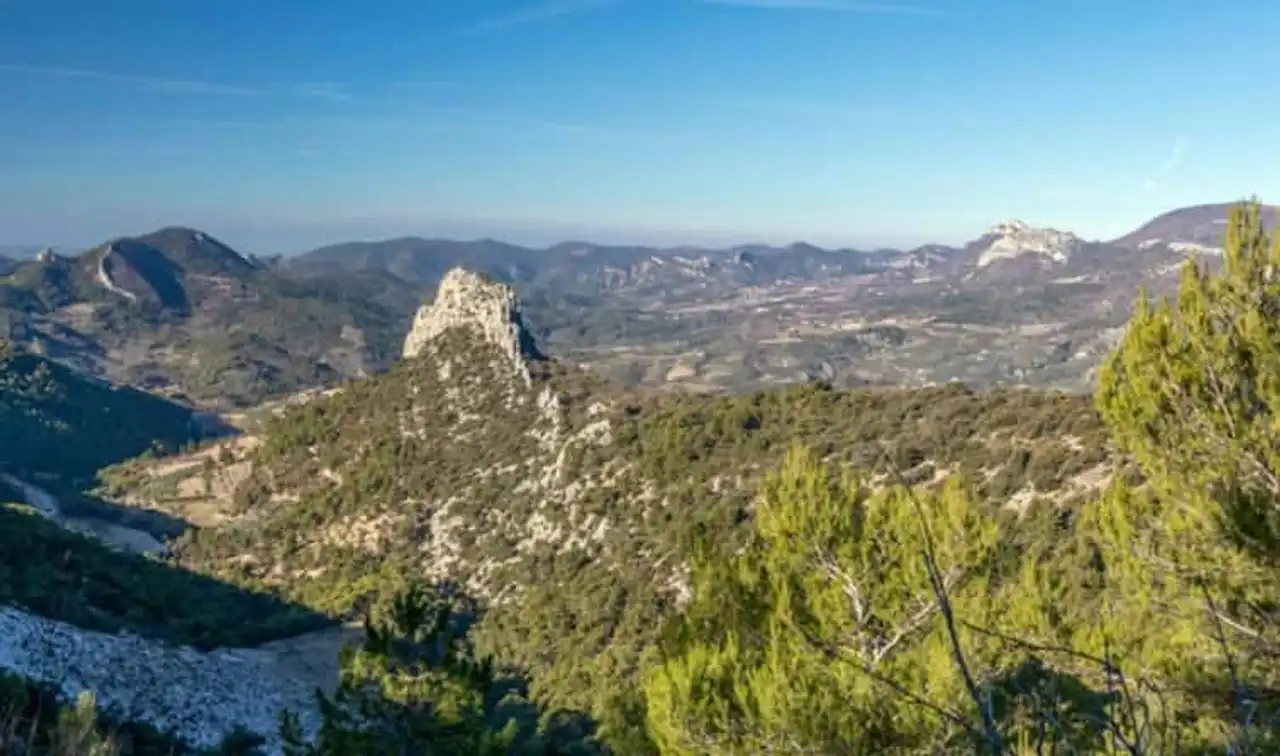
Photo credit: Shutterstock – nomadkate
Between Drôme and Hautes-Alpes, the Regional Natural Park of Baronnies is an exceptional place. Between cliffs and lavender fields, it houses a remarkable heritage: 6 AOC and 4 IGP, perched villages, dried earth terraces and a flowering good Mediterranean. It is also 203 protected animal species that cohabit, creating an amazing biodiversity. The activities to be done in this part of the Drôme provençale are not missing.
To discover the park, many hiking trails are arranged, but it is mostly via ferrata, climbing and free flight that are in the spotlight. The Baronnies is also a privileged astronomical observation place. Indeed, the territory is particularly protected from light pollution, thus offering amateurs an excellent visibility of the lactated track and stars.
9. Discover the wines drômois
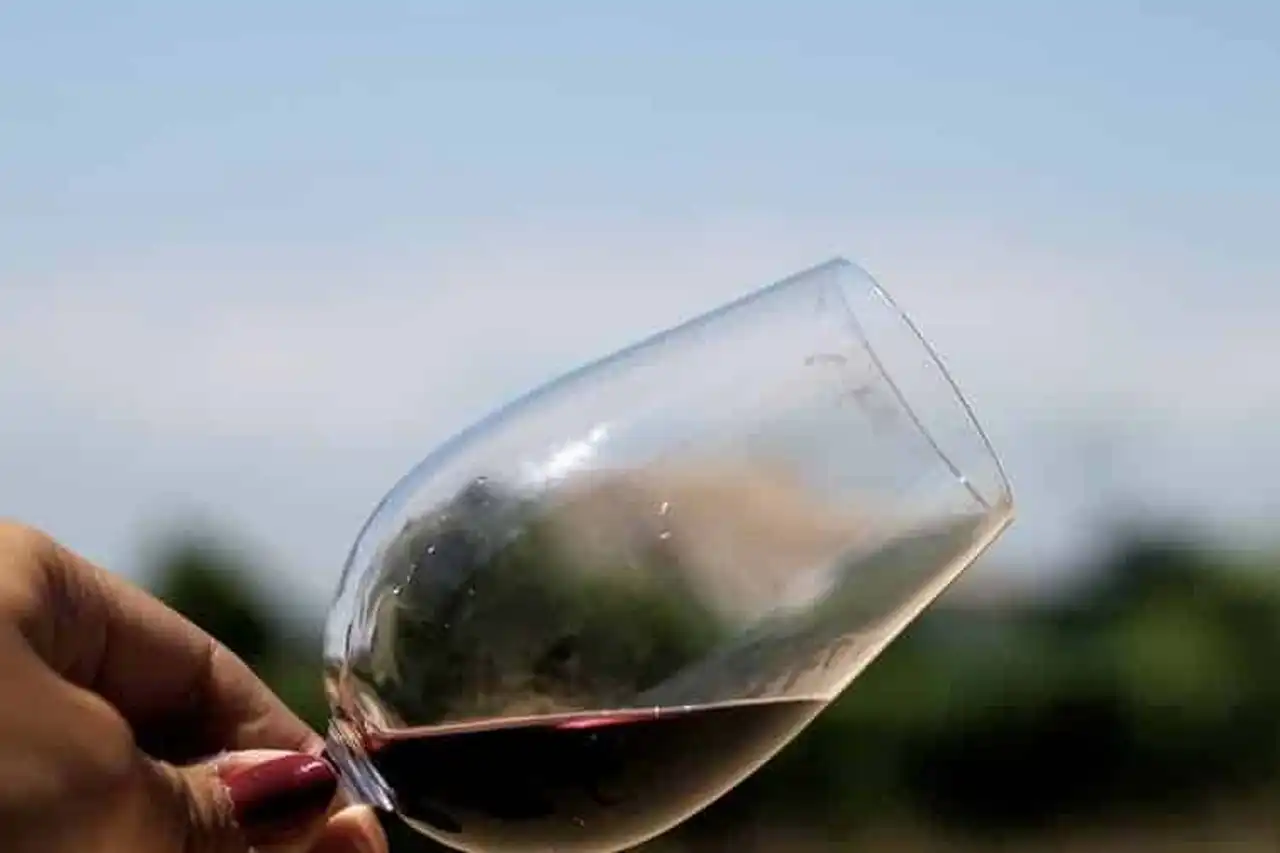
Photo credit: Flickr – The perfect wine
It is impossible to visit the Drôme without tasting local wines. Since antiques, the remains dating back to the second century BC prove it, they represent an important part of the local terroir. Effervescents, like Die’s light, or Origine Contrôlée’s Apple, such as Croze-Hermitage or Vinsobres, the vines cover a large part of the department.
Numerous farms and cellars depict the Drôme, in which winemakers are pleased to share their art with visitors during unique tastings. Further south, the Maison de la Clairette reveals the secrets of this sparkling wine discovered by chance by the Gauls. Place of exposure and information, it also created an oenological route through the different fields.
10. The Vignolis space
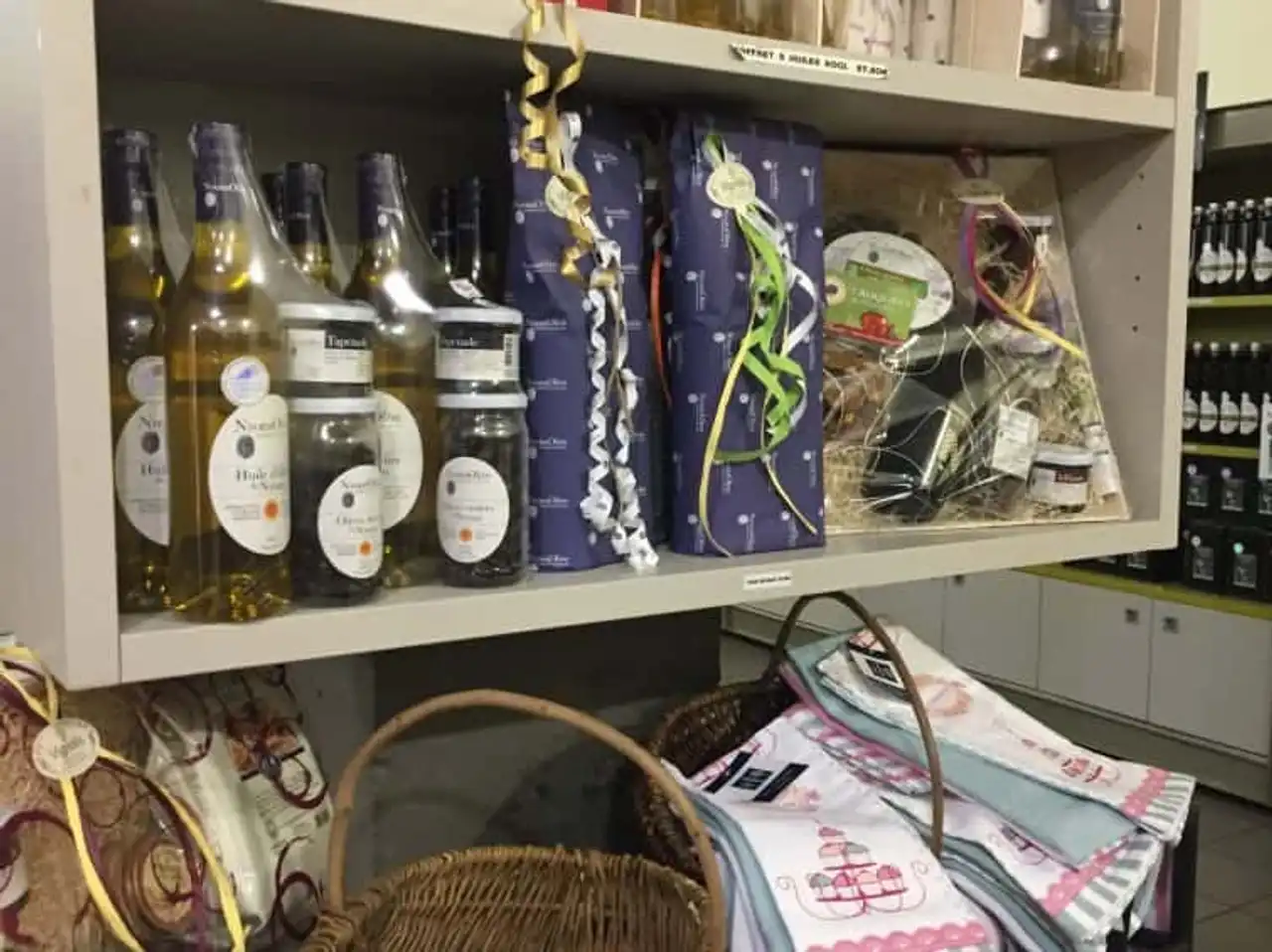
Photo credit: Facebook – Nyonsolive & Nyonsaise
Another essential element of South Drôme, the famous Nyons olive. The Vignolis area, which houses the agricultural cooperative, allows visitors to learn about the history of this small Mediterranean fruit, brought during the Greek conquests. Here you can find the ancestral techniques and tools, and the stages of the transformation of the fruit into a mouth olive or oil.
But the Vignolis space is also a place dedicated to wine. Indeed, vines are a complementary culture of olive trees. Planted at the foot of the latter, they produce the Vinsobres, and wine from the Baronnies countries.
In the summer, aperitif are organized on Tuesday evening to discover an olive grove before tasting a local aperitif.
11. La ViaRhôna
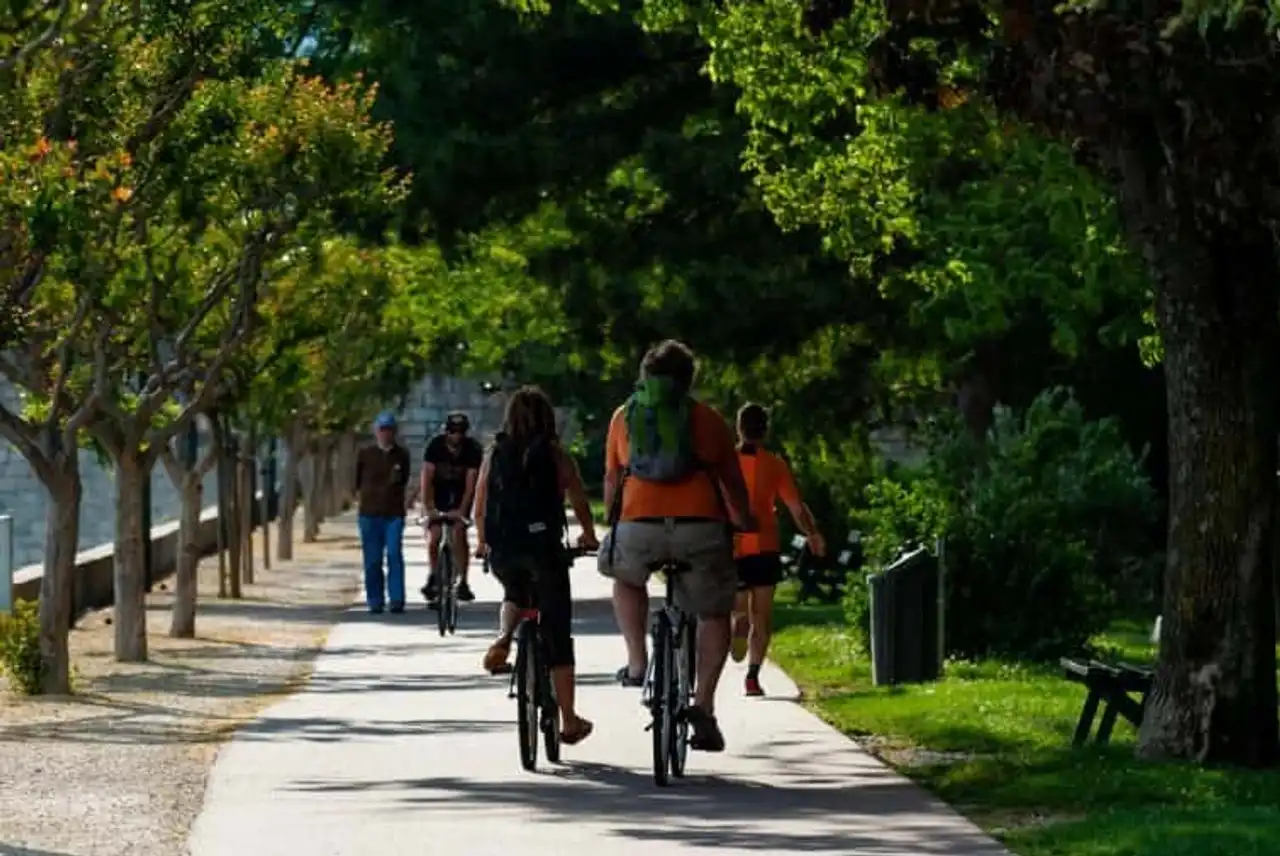
Photo credit: Shutterstock – DjamPhoto
Connecting Lake Geneva to the Mediterranean, ViaRhôna crosses the Drôme on 67 km along the Rhone. Accessible to cyclists, but also to pedestrians, rollerblading, or any other soft means of transport, it is divided into 5 sections in the department.
Along the river you pass through the vineyards of Hermitage, then cross Valence and the port of the Epervière, the largest river port in France. You continue with the discovery route where you find the island of Printegarde, a natural reserve dedicated to migratory aquatic birds.
Finally, the last two portions take you to visit Drôme Provençale, with Montélimar and Pont-Saint-Esprit in the final point.
12. Poët-Laval
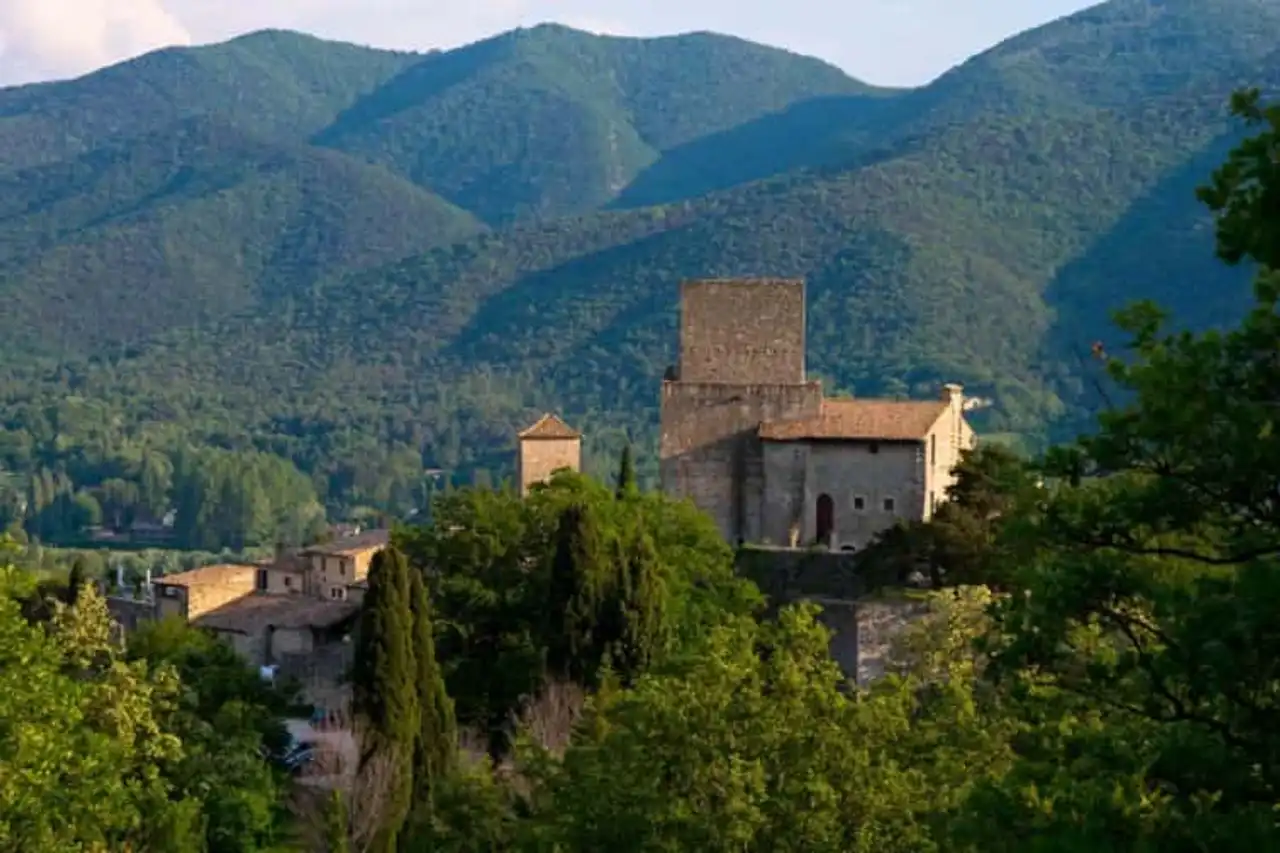
Photo credit: Shutterstock – midgardson
Village fortified with two faces, Le Poët-Laval is one of the most beautiful villages France. Built in the 12th century by the knights of Saint John of Jerusalem, whose dungeon which dominates it is the only vestige, it was also a high place of the Protestantism of the dauphinois.
The wars of religion failed to make the town disappear, which experienced an unexpected resurrection in the early twentieth century. Thanks to some enthusiasts who worked to preserve the ruins of the village, then develop the material means to attract new inhabitants. Their work has kept Poët-Laval and its exceptional environment. It now houses the Musée du Protestantisme dauphinois, as well as an artistic centre.
Poët-Laval is today the starting point of one of the largest European hiking trails: on the footsteps of the Huguenots.
13. Valencia
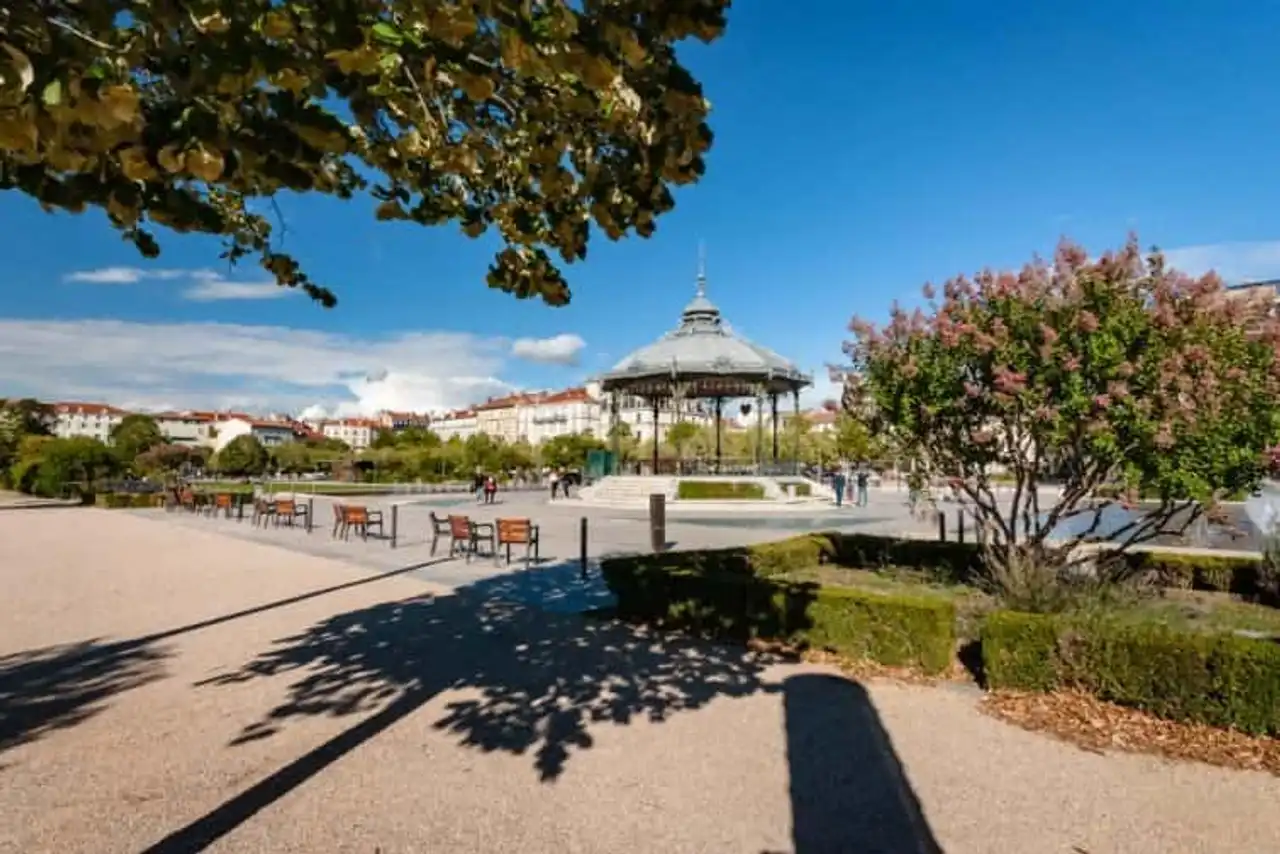
Photo credit: Shutterstock – Fotografiecor.nl
Head place of the department, Valencia is a human-sized prefecture full of treasures. The old town and its pastel facades have been able to retain their authentic charm, reinforced by the 17 km of canals and the 8 parks that sprinkle Valencia. But the city also has a curiosity: the house of the heads.
Valencia is also the gastronomy, with the presence of no less than 3 star chefs, including Anne-Sophie Pic. They are working to highlight local products purchased at the clerics market on Saturday morning. Finally, push the door of the house Nivon, creator of Switzerland of Valencia, whose recipe, jealously kept, has been unchanged since 1856.
14. Oh, God.
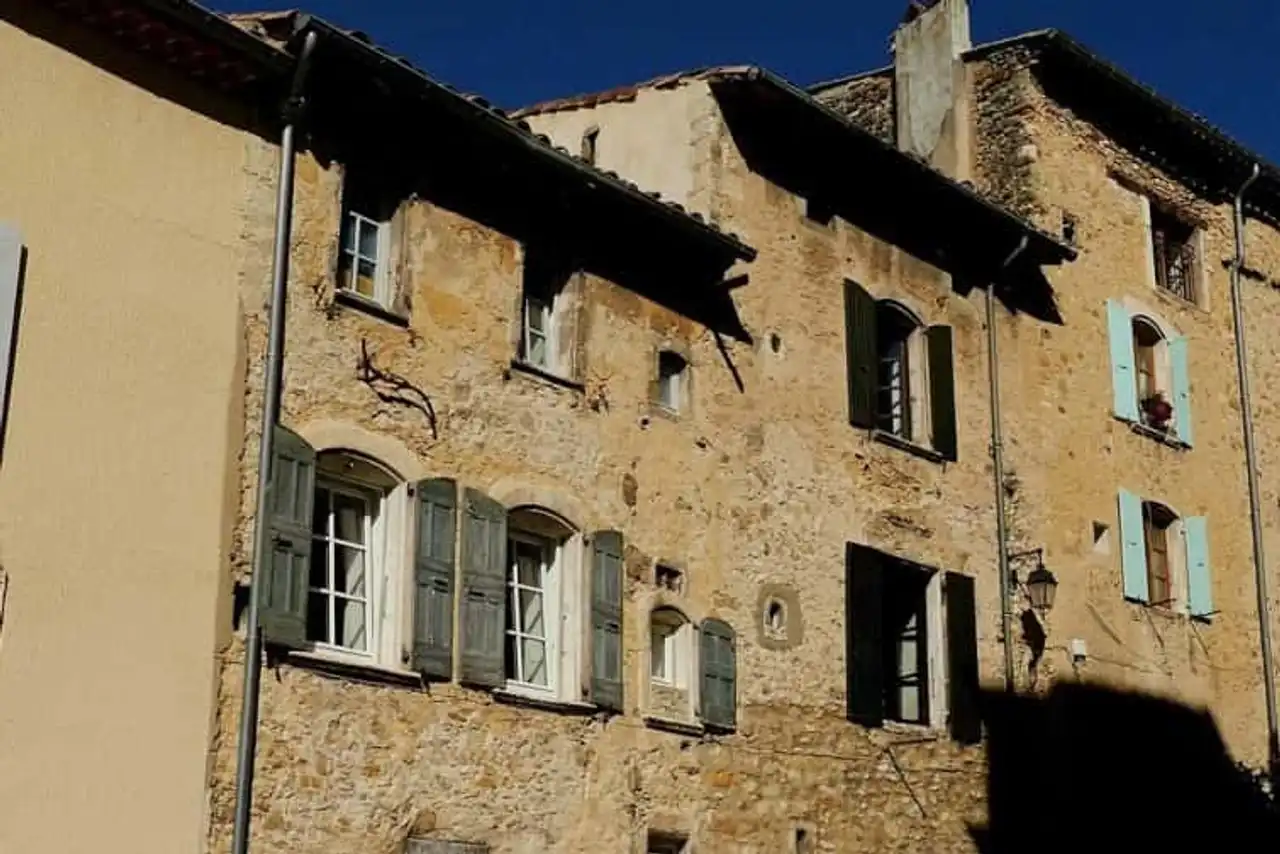
Photo credit: Flickr – Gérard Seigneur
City of Art and History, Godlefit does not lack any assets for people who come to visit the Drôme. Its environment first, with the mountain of Saint-Maurice and the numerous hiking paths between centuries-old oaks, olive trees and chestnut trees. Three streams cross the territory, including the Jarbon crossing the city.
The arts then, with the pottery, always present to Godlefit. Many artists have chosen home and offer exhibitions and workshops of pottery and ceramics throughout the year. Other local art, culinary this time, Picodon . This goat cheese benefits from an AOP.
Finally, Dieulefit is a village of Justes. More than 2,500 people, Jews, writers, artists, were welcomed and hidden by the inhabitants during the Second World War. It is also a village that has sheltered a large number of resistors. This story is told to the memorial of civil resistance.
15. La Garde-Adhémar
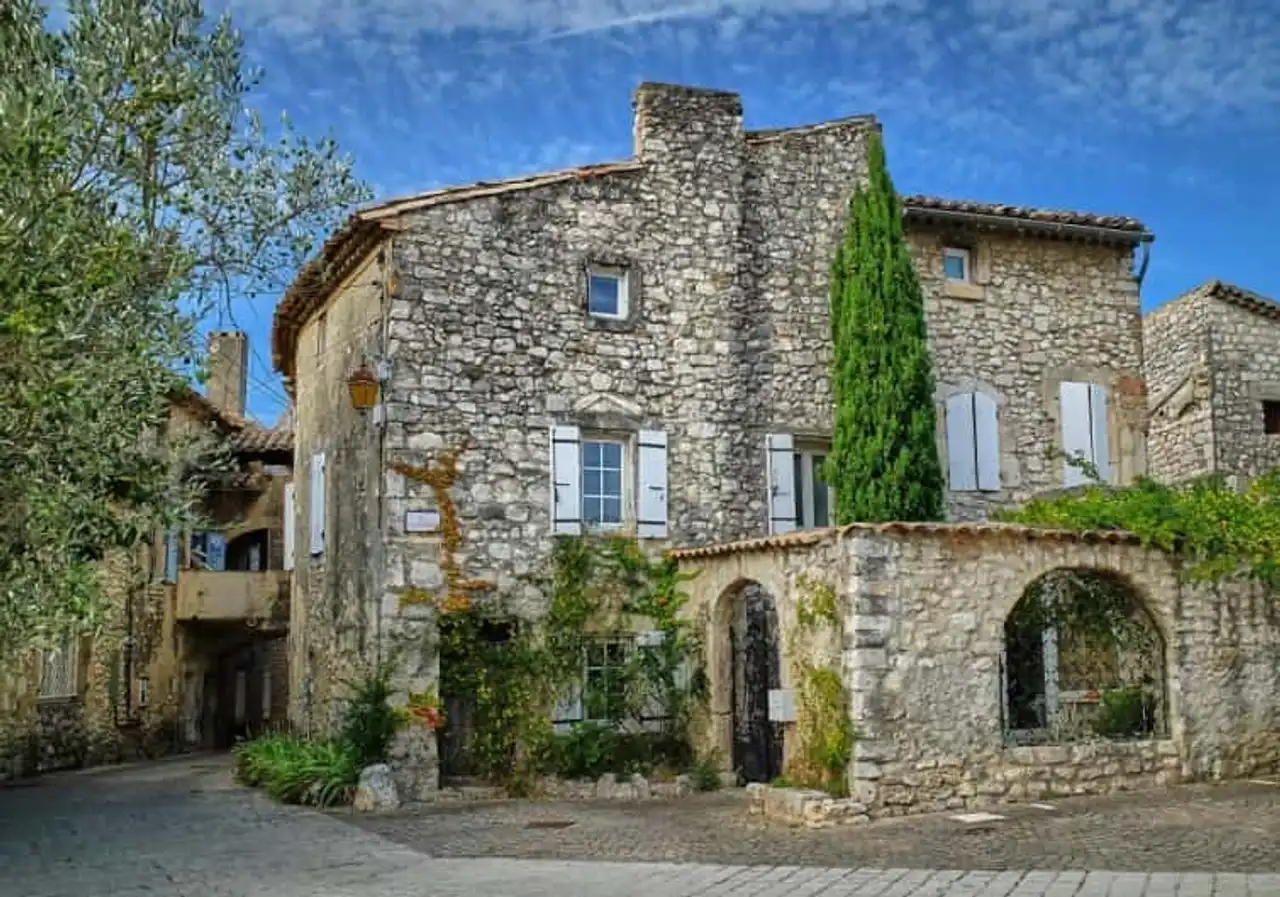
Photo credit: Shutterstock – Eugen3B
Perched on a limestone grove, La Garde-Adhémar offers an exceptional view of the Rhone valley. Authentic, it has preserved its medieval circular architecture, as well as its gardens on the terrace.
A secret hides behind its ramparts: the Val des Nymphes. A true oasis of freshness in the shade of green oaks and cherry trees, a source springs from the rock. Paradise of families and nature lovers, it was once a place of worship of fertility and prosperity.
How do you come to the Drôme?
Visiting the Drôme is very easy from the four corners of France, and even Europe. However, note that Drôme has no tourist airports. But reassure yourself, two means of transport allow you to reach the department very easily:
By train
Featuring an international TGV station located in Valencia, the train station is only 2h10 from Paris , 4:30 since Brussels , 3:30 am Lille , 6h London , or 1h05 of Marseille .
By car
Two highways cross the department, the A7 and A49 , with many exits throughout the territory. The Drôme is also crossed by the mythical national 7 , which allows you to walk the Rhone and enjoy the diversity of landscapes. Paris and Bordeaux are about 600 km away, Marseille 200 km away, and Geneva 250 km away.
Where to stay in the Drôme?
The Drôme has a wide range of accommodations, whether in the city, such as Valencia, Montélimar, or Romans-sur-Isère, in the countryside or in the mountains. Extended over nearly 200 km, it is necessary to wisely choose your resort so as not to spend hours by car.
Valencia is a fairly central point to visit the northern half of the department. To visit the south, it is obviously Montélimar which is necessary. In these two cities, many hotels with swimming pool and guest rooms are available. To find the price and benefits that meet your expectations, use a Compare hotels . In a few clicks, you will get the offers adapted to your profile, in a blink of an eye.
Finally, in the countryside and in the mountains, unusual accommodations are legions: perched huts, trailers, tipis, or even yurts. You will also find several holiday villages.
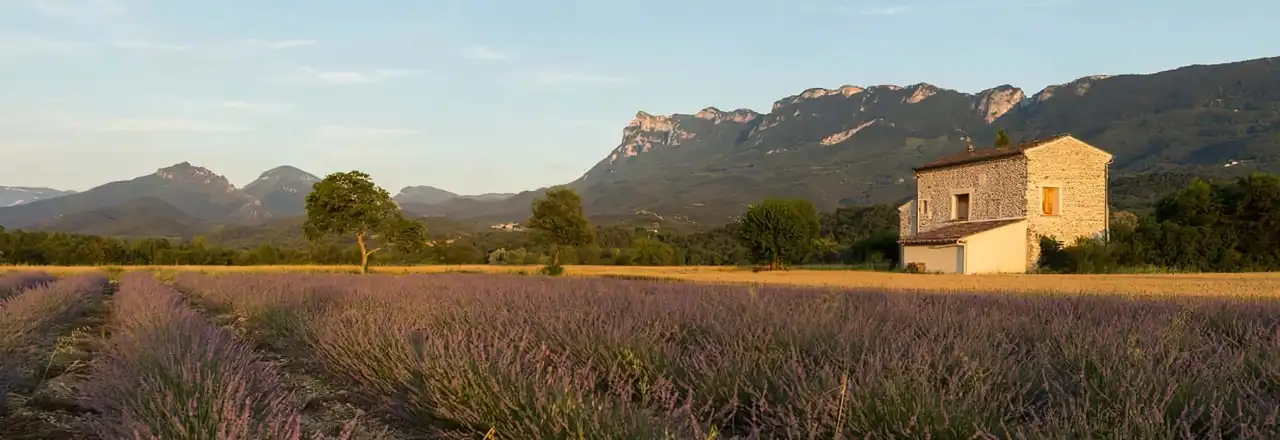







Loading comments ...